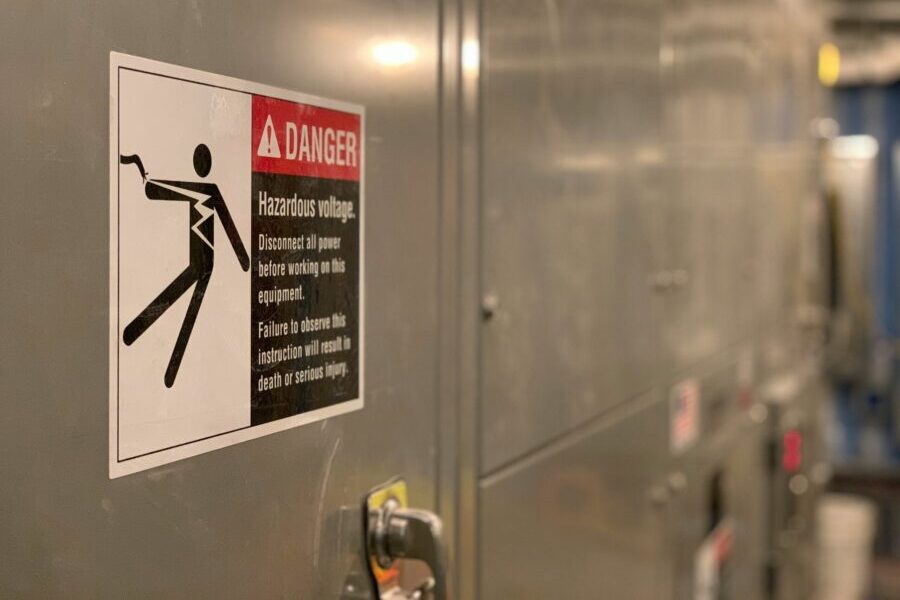For an Act of Parliament that’s had half a century to embed itself into UK working culture, the Health and Safety at Work Act 1974 is still widely misunderstood.
A lot of myths about health & safety continue to cling on in the public consciousness. Overall, there’s a perception of health & safety as ‘excessive’ or ‘overzealous’. It’s seen as the fun police, banning activities left, right and centre.
In reality, however, the activities health & safety law outright ‘bans’ are dangerous and life-threatening.
To set the record straight, here are five of the most common misconceptions around health & safety debunked:
Myth #1: You can’t play conkers in school playgrounds
The likelihood of injury is so low as to be insignificant. Risk assessment is for significant risks in the workplace. If kids hit each other over the head with conkers deliberately, look to discipline, not health & safety law, to solve the problem.
Myth #2: You can’t throw mortarboards in the air at graduation
No health & safety law or regulation bans tossing hats in the air. The only damage in this harmless tradition might be to the mortarboard itself, so look to the hire companies for the origin of this rule.
Myth #3: You can’t put up hanging decorations in offices
This myth is a misunderstanding of how to work safely at height. It assumes that workers will put up decorations while balanced precariously on a wheelie chair or desk. Most organisations simply provide a sturdy, suitable step ladder and have the task done quickly and safely.
Myth #4: Kettles and microwaves aren’t allowed in the office
Kettles contain boiling water; employees could pour it over their hands and scald themselves. Microwaves in an office kitchen could blow up if employees put metal inside them.
So long as employers train their workers on basic health & safety awareness, the likelihood of these hazards occurring is low. Many employers ban these appliances because they don’t want the hassle of cleaning up after messy users, not because safety regulations deem them too dangerous.
Myth #5: Serious accidents only happen on construction sites
Health & safety is all very well for construction and engineering, they use heavy plant and machinery. They work at height. They use hazardous substances. Nobody’s really been hurt in a school or an office, have they?
Not unless you count a school technician losing a finger, a care home resident choking to death, a baker developing severe asthma, or a ceiling that collapsed onto a classroom full of children. All these work-related accidents happened in the last 12 months, to ordinary people in ordinary workplaces.
Accidents can happen anywhere, whether in an office or a demolition site.
Gavin Scarr Hall, Health & Safety Director at Peninsula, says:
Whilst some may argue that health & safety has gone too far, it’s hardly a coincidence that HSE statistics show that the number of deaths at work has been steadily decreasing since 1975. Non-fatal injuries have similarly seen a decline since the legislation has been introduced and employers have placed more emphasis of Health & Safety policies and procedures. In fact, until the number of deaths is at zero, it could be argued that health & safety does not go far enough. The bottom line is that when it comes to protecting people’s lives, you cannot be too careful.
Gavin Scarr Hall, Health & Safety Director at Peninsula
Joanne is the editor for Workplace Wellbeing Professional and has a keen interest in promoting the safety and wellbeing of the global workforce. After earning a bachelor's degree in English literature and media studies, she taught English in China and Vietnam for two years. Before joining Work Well Pro, Joanne worked as a marketing coordinator for luxury property, where her responsibilities included blog writing, photography, and video creation.



